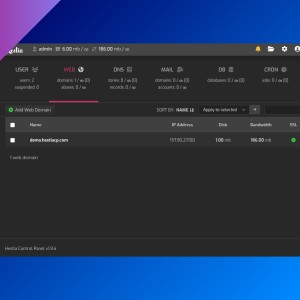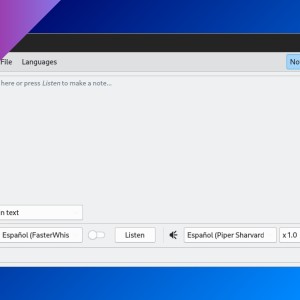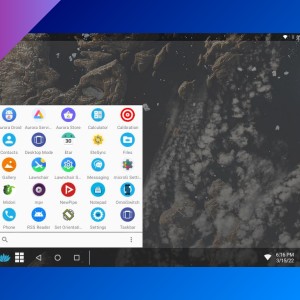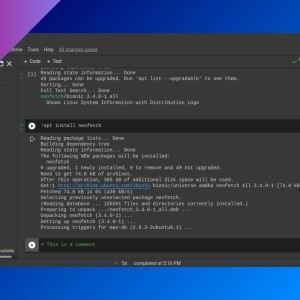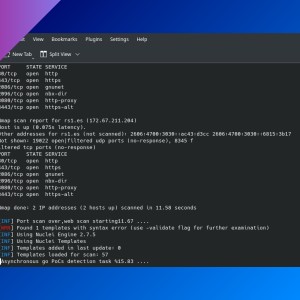Recover deleted files with foremost
Table of Contents
In this tutorial I will teach you how to use foremost to recover deleted files from a disk.
Basic usage
A basic example of foremost usage is:
foremost -i /dev/sdb1- It will recover files from
/dev/sdb1and it will create anoutputfolder in the current directory with those files and an audit file. - In this case, you will need to be a root user or use sudo. Recovered files will be owned by root (you can change the owner with
chownwhen the process finishes). - Never use the same disk partition for searching and retrieving the files.
- You can also use
foremostwith disk images (you don’t need to run the command as root).
Parameters
You can add more parameters to customise the searching:
-t <type>: recover only files of a specific format (jpg,png,pdf, etc.). More information on the man page.-T: adds a timestamp to the output folder. By default, you need to rename or delete the output folder when runningforemostmultiple times.-o <directory>: specify an output directory. If, for example,<directory>is/media/usb/outand-Tparameter is used, foremost will create a folder named/media/usb/out_<date>.-v: enables verbose mode.-q: enables quick mode.- You can find more info about all available parameters on the man page (
man foremost).
If you have any suggestion, feel free to contact me via social media or email.
Latest tutorials and articles:
Featured content:

